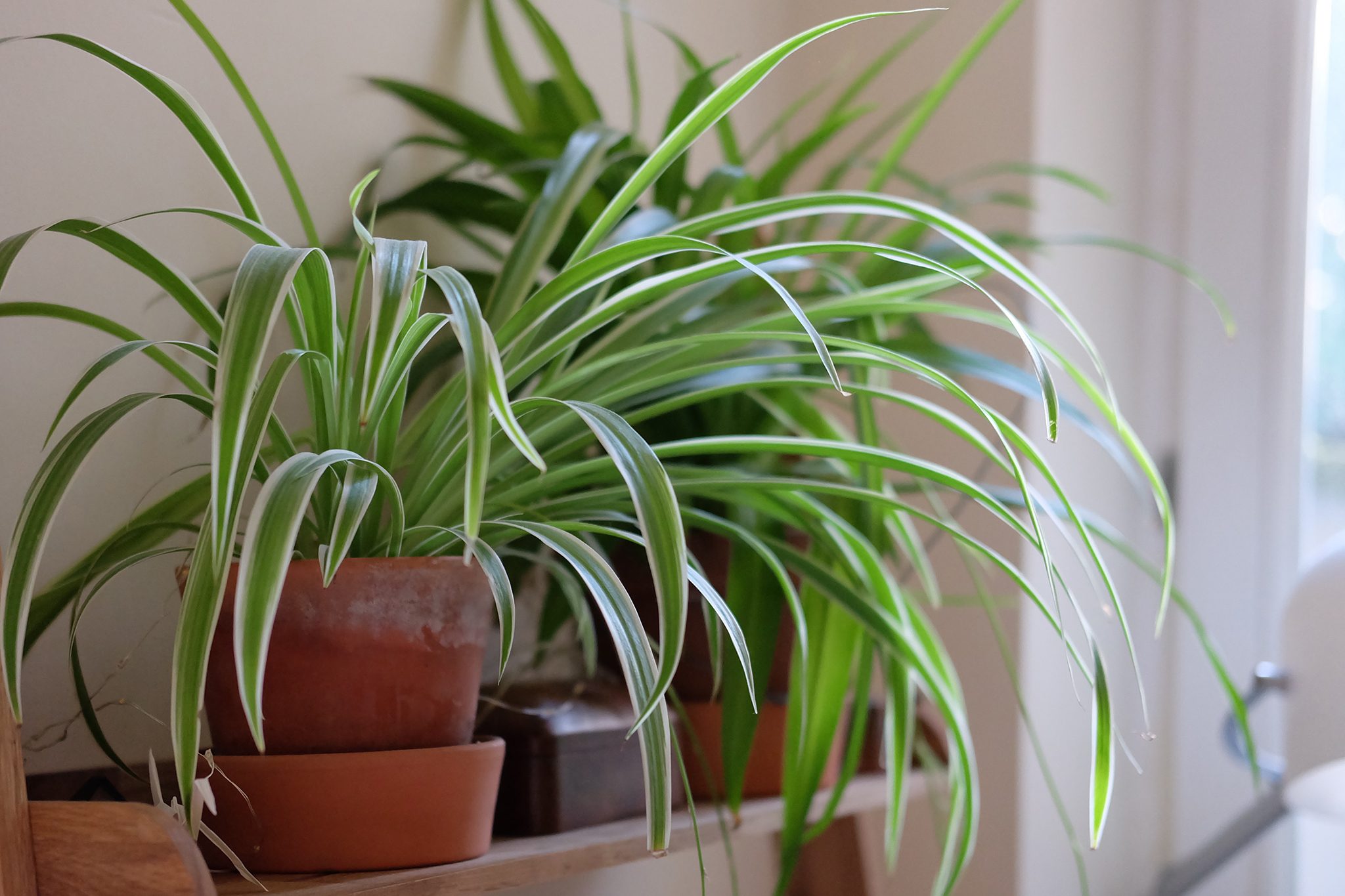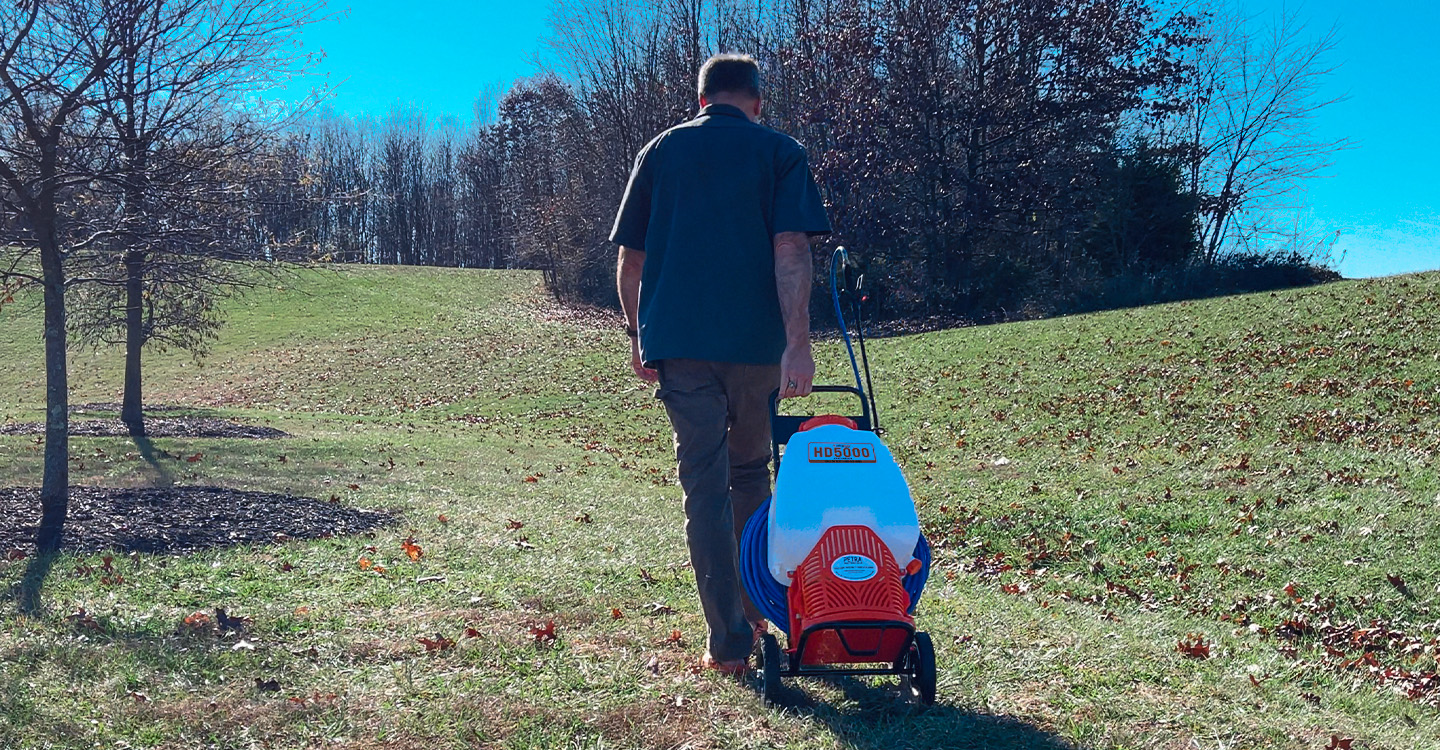Hibiscus plants are a stunning addition to any garden, known for their vibrant, large blooms that come in various colors and sizes. From tropical species to hardy varieties that thrive in colder climates, there’s a hibiscus for every gardener. With the right care, these eye-catching plants can flourish and bring a tropical feel to your landscape. Here’s a comprehensive guide to help you grow and maintain hibiscus plants in your garden, regardless of your climate.
Types of Hibiscus and Choosing the Right One
Hibiscus is a broad genus; knowing the differences between tropical and hardy varieties is key to their care. Tropical hibiscus, such as Hibiscus rosa-sinensis, is ideal for warm climates and is widely admired for its vivid flowers that bloom throughout the year. However, hardy hibiscus (like Hibiscus moscheutos) is your best bet if you live in a colder region. These varieties can withstand winter temperatures and bloom beautifully in the summer with minimal care.
Growing Conditions for Hibiscus
1. Light
Hibiscus thrives in bright sunlight, but the intensity of the sun varies depending on your location. In cooler climates, full sun exposure will produce the best blooms, while in hotter, southern areas, some light shade is beneficial to prevent scorching. If you’re growing hibiscus indoors, place it near a window that gets plenty of light, but avoid direct, intense sun to protect its leaves.
2. Soil
Good soil is essential for healthy hibiscus growth. A well-drained, loamy soil that’s slightly acidic works best. For tropical varieties, rich, moist soil will support continuous flowering, while hardy types, which often grow in wetlands, can tolerate a wider range of soil moisture levels.
3. Water
Hibiscus plants are known to be water lovers. They require consistent watering, especially during their growing season. However, it’s important to ensure that the soil drains well to prevent root rot. Mulching around the base of the plant helps retain moisture during hot weather. For container-grown plants, keep the soil moist but allow the top layer to dry between waterings.
Seasonal Care and Fertilization
Proper feeding and seasonal care are essential to keeping your hibiscus healthy and blooming abundantly.
Fertilization
To encourage lush growth and vibrant blooms, fertilize your hibiscus regularly during the growing season. Use a balanced, water-soluble fertilizer with a higher potassium content, such as a 10-4-12 or 12-4-18 ratio, for best results. Avoid fertilizers high in phosphorus, which can hinder blooming. Apply the fertilizer sparingly but consistently to prevent overfeeding, which can cause the leaves to yellow.
Temperature and Humidity
While hardy hibiscus can withstand colder temperatures and even frost, tropical hibiscus is much more sensitive to the cold. If temperatures drop below 50°F, tropical varieties may start shedding leaves, and anything below freezing can be fatal. High humidity is also ideal for hibiscus, especially tropical species. If you’re in a dry climate, misting the leaves or using a humidifier indoors will keep the plant happy.
Pruning and Propagation
Regular pruning is crucial to maintaining the shape of your hibiscus and encouraging new growth. Pruning should be done in early spring as the plant emerges from dormancy. For hardy hibiscus, cut back the stems to just above the ground to promote fresh growth. Remove any dead or damaged branches throughout the growing season to keep the plant healthy.
Propagation of hibiscus can be done by either seed or stem cuttings, depending on the variety. Tropical hibiscus is best propagated through cuttings, which ensures the new plant will carry the same characteristics as the parent. Hardy varieties, particularly the swamp hibiscus, can be grown from seeds, although it’s a slower process.
Common Pests and Issues
Hibiscus is generally a low-maintenance plant, but it can occasionally suffer from pest problems like aphids or spider mites, especially if the plant is stressed due to improper watering or humidity levels. Aphids can cause sticky residue on the plant, while spider mites may leave fine webbing on the leaves. Insecticidal soaps or a strong spray of water can usually control these pests.
If your hibiscus is showing signs of yellowing leaves or dropping buds, it’s often related to environmental stress, such as sudden temperature changes, improper watering, or nutrient deficiencies. Ensure your plant is in the right growing conditions, and adjust watering or feeding schedules as needed.
How to Keep Your Hibiscus Blooming
One of the main reasons gardeners love hibiscus is its ability to produce large, stunning flowers throughout the growing season. To maximize blooms, make sure your plant gets plenty of sunlight, water, and fertilizer. Deadheading, or removing spent flowers, will also encourage more blooms.
Tropical hibiscus blooms from spring through late fall, and hardy hibiscus starts blooming in mid-summer and continues until the first frost. With the right care, your hibiscus can provide a long-lasting display of vibrant flowers.
Overwintering Your Hibiscus
If you’re growing tropical hibiscus in a cooler climate, you’ll need to bring it indoors before the first frost. Prune the plant back by about one-third and wash it thoroughly to remove any pests before moving it inside. Place the plant in a bright, sunny spot, and reduce watering during the dormant period. Expect some leaf drop, but the plant will start regrowing in the spring as temperatures rise.
Hardy hibiscus can remain in the garden over winter and typically dies back to the ground. A light layer of mulch can protect the roots from harsh winter conditions, and the plant will sprout new growth in the spring.
Final Thoughts
Whether you’re drawn to hibiscus for its showy flowers, its ability to attract pollinators, or its tropical vibe, it’s a versatile plant that can thrive in a range of climates with the right care. By selecting the proper variety, providing the right growing conditions, and following seasonal care practices, you’ll enjoy a lush and colorful hibiscus that will enhance your garden for years to come.





